Stuffing is an integral and important (and tasty) part of a Christmas dinner, but there are pros and cons to stuffing the cavity of your turkey. We’re collected them all here, so you can make an informed decision about how to prepare your stuffing this year.
Pros to stuffing the turkey cavity
- Stuffing placed inside the turkey’s cavity will absorb all of the delicious juices from the bird as it cooks, making for a moister and more flavoursome stuffing.
- Stronger-tasting stuffings will impart some of their flavours to the turkey.
- Serving a stuffed turkey is traditional in many families, and it’s always tempting to follow family recipes.
Cons to stuffing the turkey cavity
- The most commonly-cited reason for not stuffing a turkey is food safety, but it’s not actually the stuffing itself that is the problem. A stuffed turkey takes longer to cook, as the very centre of the stuffing must reach a hot 75°C to ensure that any dangerous bacteria have been killed.
- This longer cooking time results in a drier turkey. When the centre of the stuffing reaches 75°C, the rest of the turkey is likely to be overcooked
- If you stuff your turkey rather than preparing the stuffing separately, any vegetarians at the table will not be able to eat it.
Safety first
For safety’s sake, we recommend that you cook your stuffing in a separate dish. If you decide to stuff the turkey, be sure to keep the following rules in mind:
- Only stuff the turkey immediately before you cook it
- Use a food thermometer to make sure the very centre of the stuffing reaches 75°C. Bacteria can survive in stuffing that has not reached this temperature and could potentially cause food poisining.
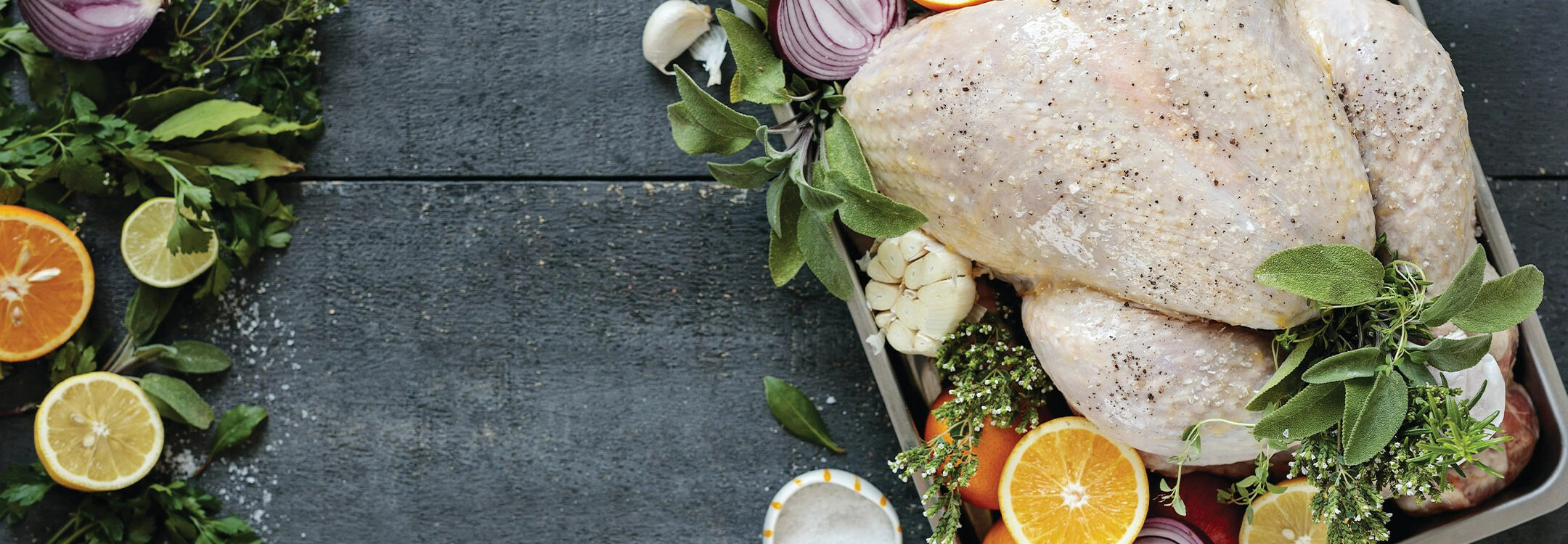
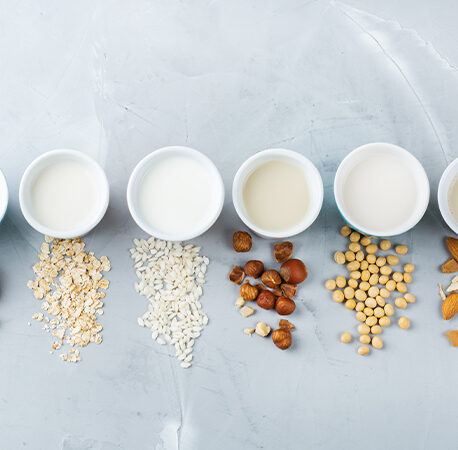
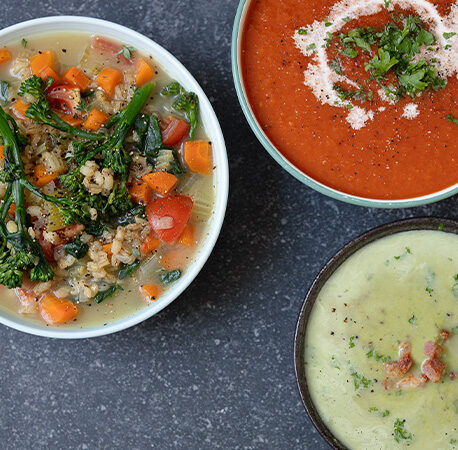
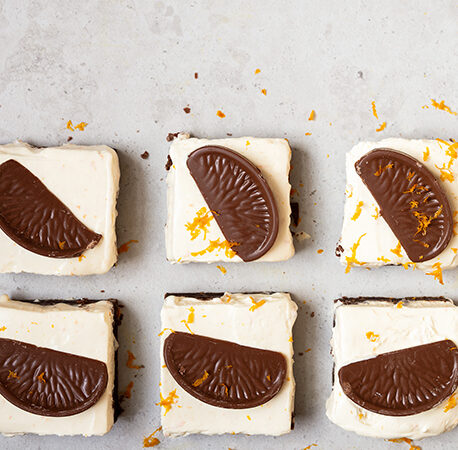
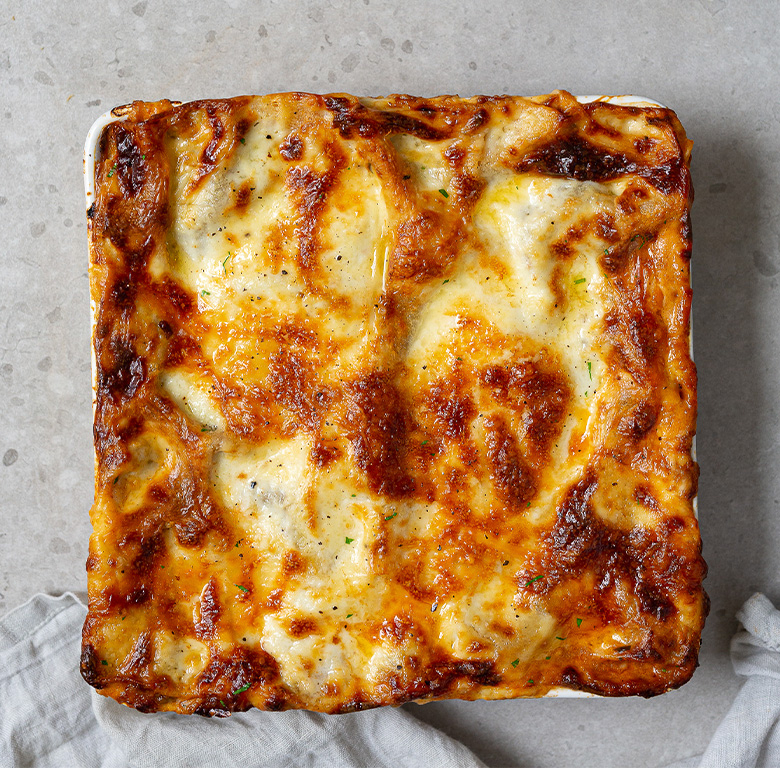

You have to be signed in to comment this post.